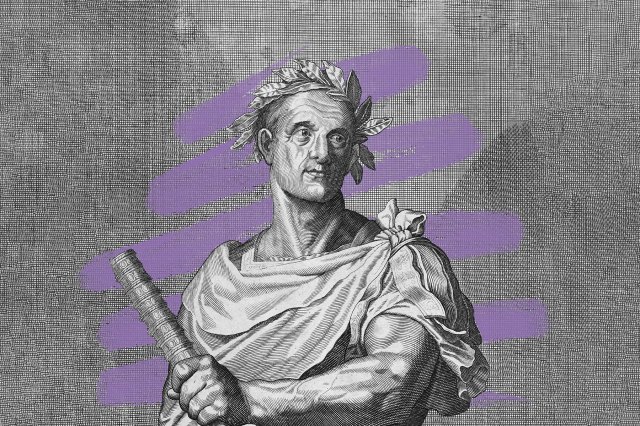| I n the first century BCE, Rome's calendar was a mess. The timekeeping system was first instituted around 700 BCE (back when Rome had kings), and from the start, the calendar had some issues. The year was 355 days long with an extra month added at the discretion of the pontifices, high-ranking priests who were in charge of the calendar. As the system was imprecise and subject to mismanagement, over time the calendar became misaligned with the seasons. What's more, pontifices often abused their power by lengthening the terms of their allies and curtailing them for adversaries. |
|
| When Julius Caesar became dictator of Rome in 49 BCE, he decided a change was in order, both to limit the pontifices' power and to create a more effective calendar for administering a growing empire. With the help of Greek astronomer Sosigenes of Alexandria, Caesar instituted the eponymous Julian calendar on January 1, 45 BCE. But to make the switch to the new calendar, Romans had to withstand what's now known as the "last year of confusion." At this point, Rome's calendar was roughly three months out of whack with the seasonal harvest festivals, so Caesar inserted three extra months into the year 46 BCE, known as "intercalary months," to get his 365-day calendar realigned with the solar year. For those living within Rome's borders, 46 BCE — at 445 days long — became the longest year in history. |
















No comments:
Post a Comment